Global Temperature Report: June 2021
(New Reference Base, 1991-2020)
Tag: NASA
Space Race with China: expert talk & interview availability
A New Space Race? Rediscovering Star Wars and the new High Frontier Tuesday, July 13 at 4PM EDT. The Foreign Press Association is hosting a critical talk by space policy and business expert Professor Greg Autry on China’s advances in…
When the James Webb telescope launches, 25 years of UAH R&D involvement will soar
After a scheduled November launch, when NASA’s James Webb Space Telescope (JWST) achieves orbit and unfurls the 18 gold-coated beryllium segments of its 6.5-meter primary mirror, over two decades of crucial UAH partnership in the project will also blossom.
FAU Lands $736,000 from NASA to Study the Coastal Carbon Budget from Space
If successful, this research in the Gulf of Mexico’s hypoxia region off the coasts of Texas and Louisiana may demonstrate not just the ability, but also the utility, of remote sensing as an observational technique for characterizing potentially critical but often neglected carbon cycle processes related to marine sediments. Researchers will use satellite images, hydrodynamic modeling and field work in seeking a better understanding of the ocean’s role in the Earth system.

Climate change is driving plant die-offs in Southern California, UCI study finds
Irvine, Calif., June 21, 2021 – A shift is happening in Southern California, and this time it has nothing to do with earthquakes. According to a new study by scientists at the University of California, Irvine, climate change is altering the number of plants populating the region’s deserts and mountains. Using data from the Landsat satellite mission and focusing on an area of nearly 5,000 square miles surrounding Anza-Borrego Desert State Park, the research team found that between 1984 and 2017, vegetation cover in desert ecosystems decreased overall by about 35 percent, with mountains seeing a 13 percent vegetation decline.
Saint Louis University Student Searches for Possible Origins of Life on Saturn’s Largest Moon
Chemistry grad student Steven Skaggs was recently selected for funding by the Future Investigators in NASA Earth and Space Science and Technology (FINESST) program.
Mystery of Galaxy’s Missing Dark Matter Deepens
Hubble astronomers say they confirmed that an oddball
galaxy mysteriously lacks dark matter—the glue that holds stars and gas together in galaxies. This confirmation challenges the standard ideas of how researchers think galaxies work.
NASA Awards The University of Texas at El Paso $2 Million Grant
The University of Texas at El Paso has earned a $2 million grant from NASA to develop technologies to mine ice on the moon for future deep space exploration.
Global climate trend since Dec. 1 1978: +0.14 C per decade
Global Temperature Report: May 2021
(New Reference Base, 1991-2020)
Venus Expert Available to Comment on New NASA Missions to Explore Planet Habitability
Clara Sousa-Silva is a quantum astrochemist at the Center for Astrophysics | Harvard & Smithsonian who has studied the potential for life on Venus. In 2020, she helped detect phosphine in the planet’s atmosphere, suggesting that life may exist in…
Lopsided Galaxy NGC 2776
The magnificent spiral galaxy NGC 2276 looks a bit lopsided in this Hubble Space Telescope snapshot. A bright hub of older yellowish stars normally lies directly in the center of most spiral galaxies. But the bulge in NGC 2276 looks offset to the upper left.
Urban heat islands affect tree canopy temperatures and health, UAH study says
New research recently published in Scientific Reports on tree canopy temperatures in New York City by a University of Alabama in Huntsville (UAH) doctoral student offers new insights for urban forestry management.
36 Dwarf Galaxies Had Simultaneous “Baby Boom” of New Stars
Three dozen dwarf galaxies far from each other had a simultaneous “baby boom” of new stars, an unexpected discovery that challenges current theories on how galaxies grow and may enhance our understanding of the universe. Galaxies more than 1 million light-years apart should have completely independent lives in terms of when they give birth to new stars. But galaxies separated by up to 13 million light-years slowed down and then simultaneously accelerated their birth rate of stars, according to a Rutgers-led study published in the Astrophysical Journal.
Hubble Tracks Down Fast Radio Bursts to Galaxies’ Spiral Arms
Astronomers are on the trail of one of the universe’s most enigmatic events: powerful bursts of radio waves that disappear in the blink of an eye. Using Hubble, they have traced the radio bursts to the spiral arms of distant galaxies.
Global climate trend since Dec. 1 1978: +0.14 C per decade
Global Temperature Report: April 2021
(New Reference Base, 1991-2020)
Hubble Watches How a Giant Planet Grows
Researchers using Hubble directly measured the mass growth rate of PDS 70b for the first time by using the observatory’s unique ultraviolet sensitivities to capture radiation from extremely hot gas falling onto the planet.
Hubble Captures Giant Star on the Edge of Destruction
Hubble is marking its 31st anniversary in orbit with this image of a “celebrity star.” AG Carinae is one of the brightest stars seen in our Milky Way galaxy, encircled by a glowing halo of gas and dust.
NASA awards $2 million for Wichita State professor to study the sun
Wichita State University’s Dr. Nick Solomey, professor of physics, has been awarded a $2 million grant from NASA for his work on developing a neutrino detector to work in space and close to the sun.
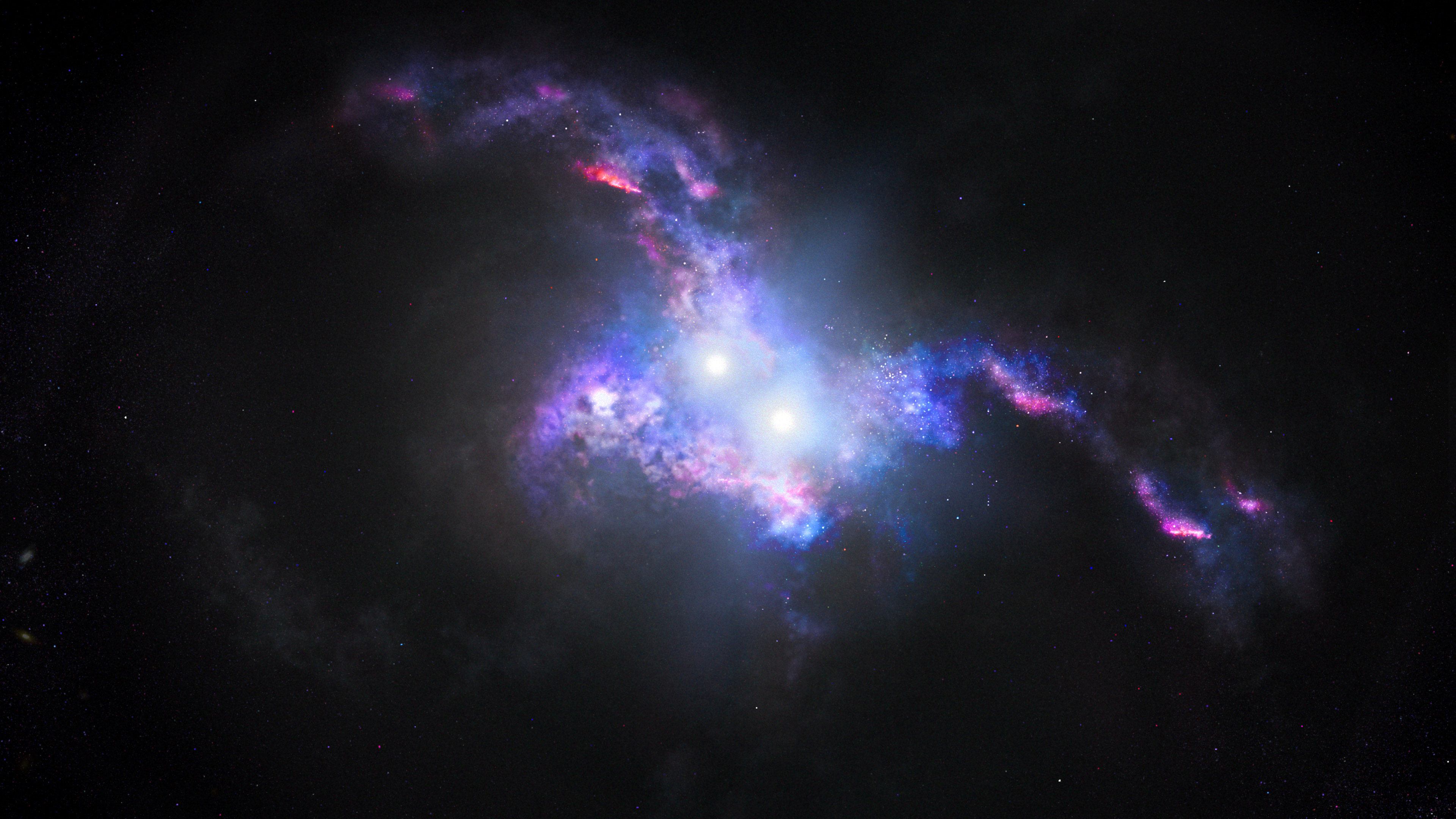
Hubble Spots Double Quasars in Merging Galaxies
Astronomers are “seeing double,” uncovering two close pairs of ancient quasars that reside at the centers of merging galaxies. These brilliant light beacons are powered by supermassive black holes feeding on material, unleashing a torrent of radiation.
Space policy continues to shoot for the Moon: ASU Thunderbird’s newest professor says space appears to be one thing Trump and Biden agree on
ASU Thunderbird’s newest professor says space appears to be one thing Trump and Biden agree on The Biden White House has generally made every attempt to distance itself from the Trump administration’s policies and messaging. The new president has swiftly…
Expert in Industry of Outer Space, Greg Autry Joins Thunderbird School of Global Management at ASU
Press Release Announcement: Space-Sector Expert Joins ASU Thunderbird
STScI to Host Science Writers’ Workshop: Towards the Comprehensive Characterization of Exoplanets
On Monday, April 19, 2021, journalists are invited to attend a virtual workshop for science writers on characterizing planets orbiting other stars. The workshop is hosted by the Space Telescope Science Institute (STScI) in Baltimore, Maryland.
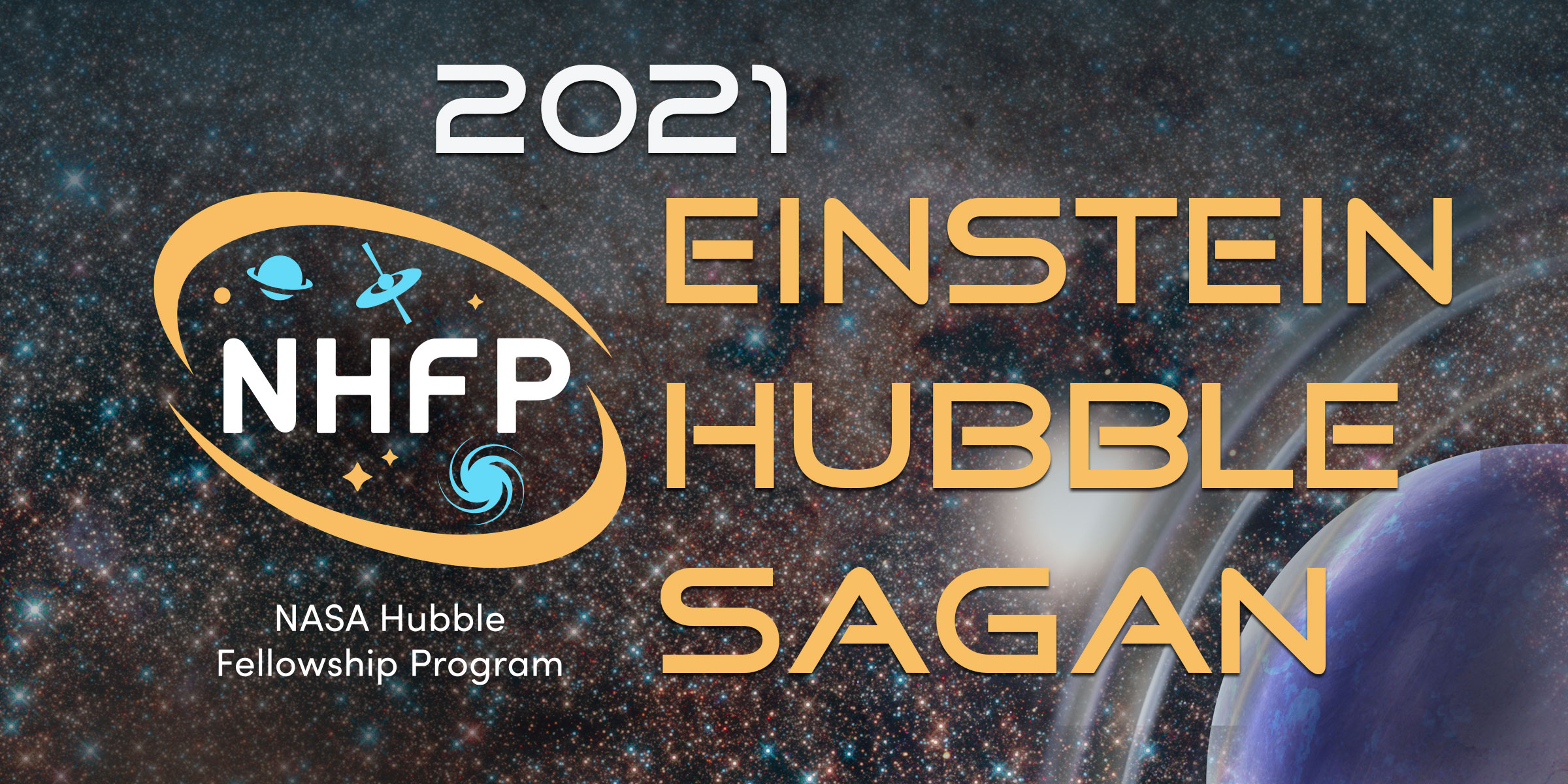
NASA Awards Postdoctoral Fellowships for 2021
NASA has selected 24 new Fellows for its prestigious NASA Hubble Fellowship Program (NHFP). The NHFP is one of the highlights of NASA’s pursuit of excellence in astrophysics. The program enables outstanding postdoctoral scientists to pursue independent research in any area of NASA Astrophysics, using theory, observation, experimentation, or instrument development. Over 400 applicants vied for the fellowships. Each fellowship provides the awardee up to three years of support.
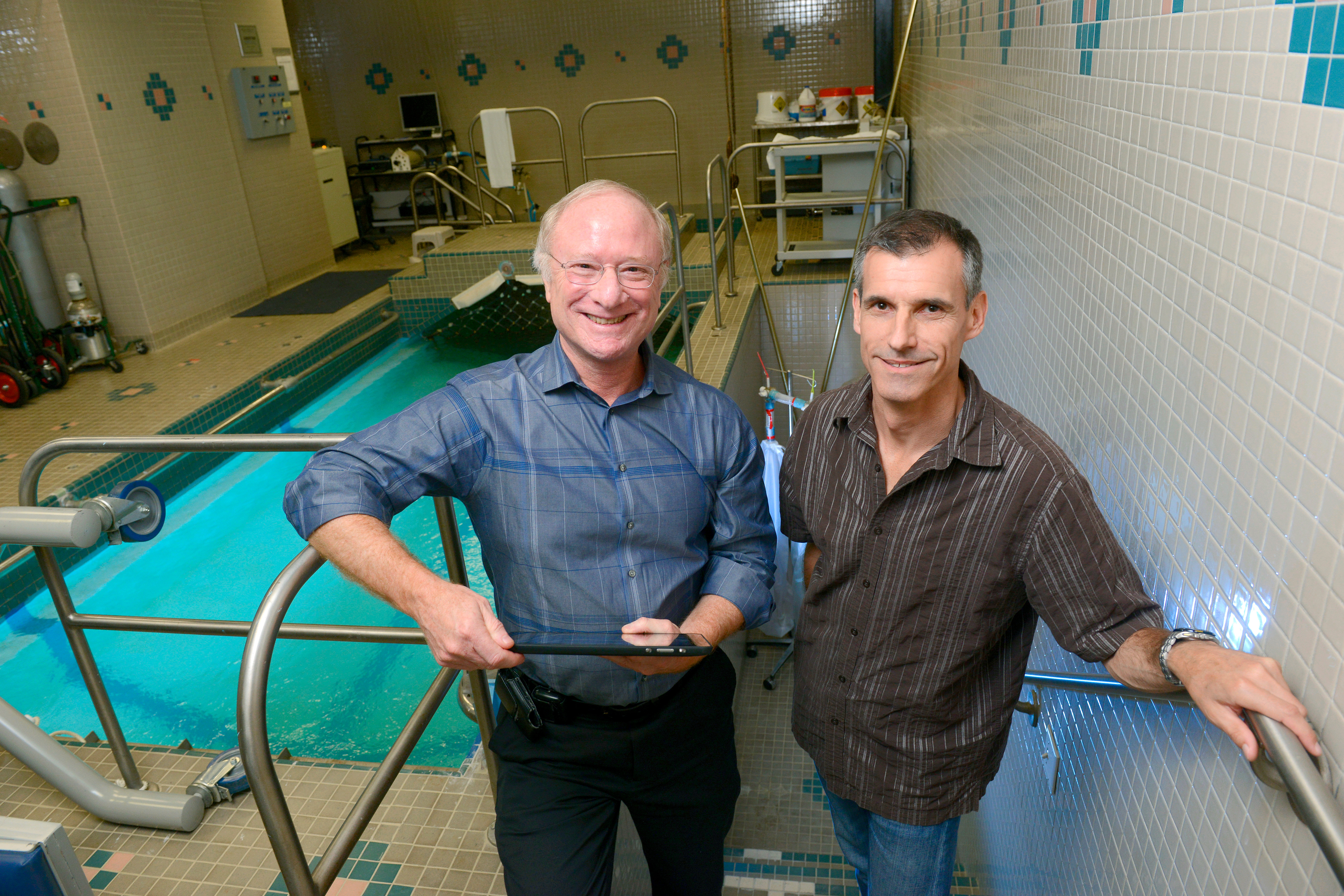
Even With Regular Exercise, Astronaut’s Heart Left Smaller After A Year In Space
DALLAS – March. 29, 2021 – With NASA preparing to send humans to Mars in the 2030s, researchers are studying the physical effects of spending long periods in space. Now a new study by scientists at UT Southwestern shows that the heart of an astronaut who spent nearly a year aboard the International Space Station shrank, even with regular exercise, although it continued to function well.
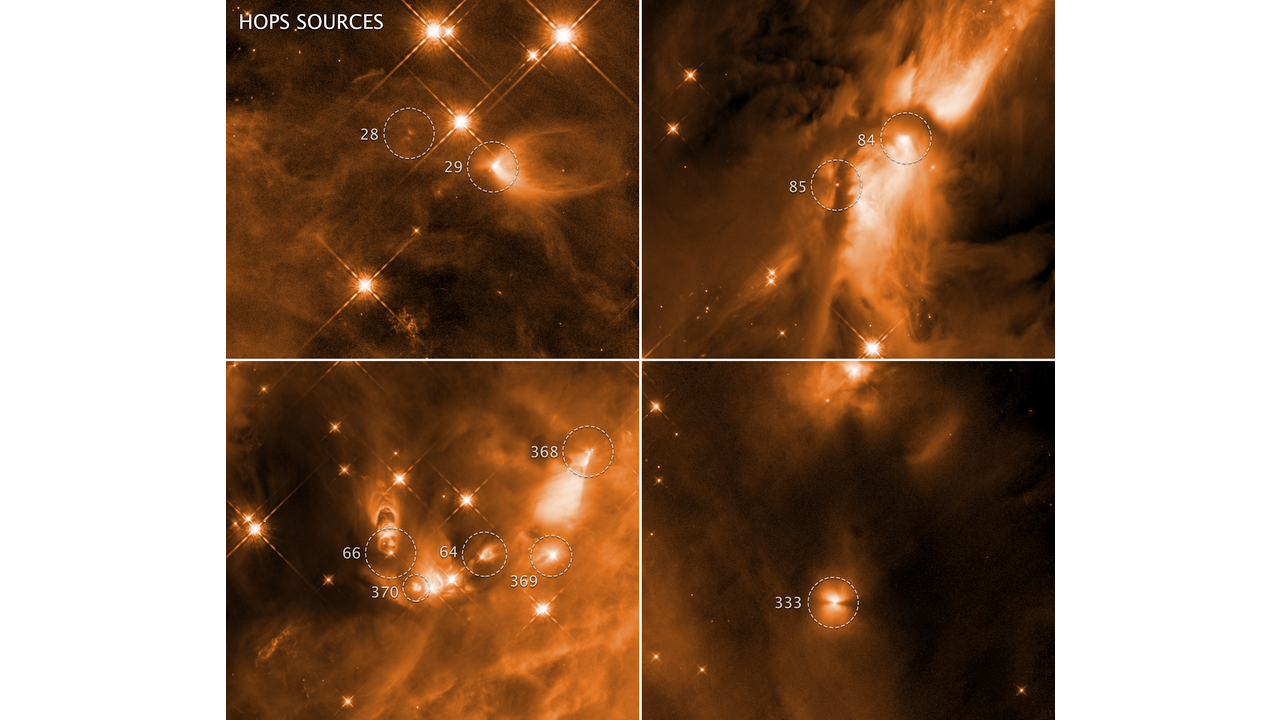
Hubble Shows Torrential Outflows from Infant Stars May Not Stop Them from Growing
These four Hubble images reveal the chaotic birth of stars in the Orion complex, the nearest major star-forming region to Earth. Astronomers found that the cavities in the surrounding gas cloud sculpted by a forming star’s outflow did not grow regularly as they matured, as theories propose.
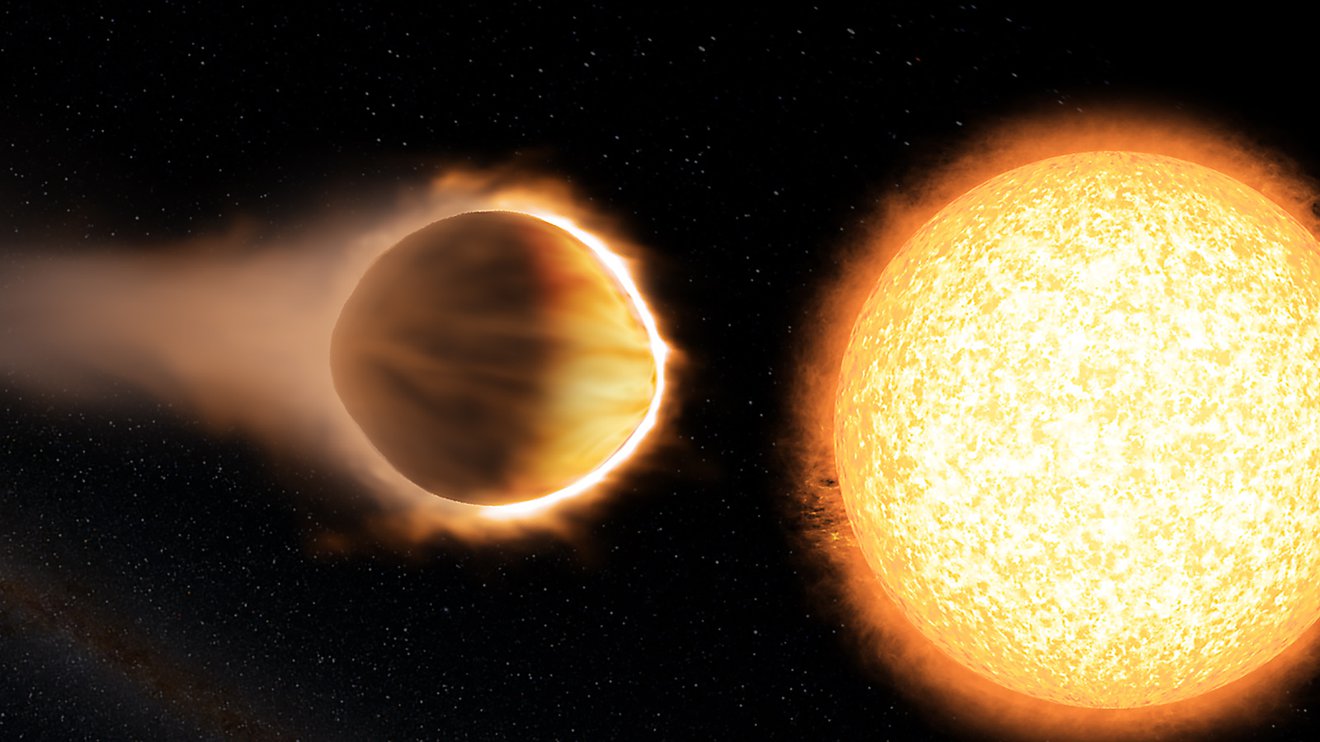
There might be many planets with water-rich atmospheres
A new study by University of Chicago and Stanford University researchers suggests that hot, rocky exoplanets could not only develop atmospheres full of water vapor, but keep them for long stretches.
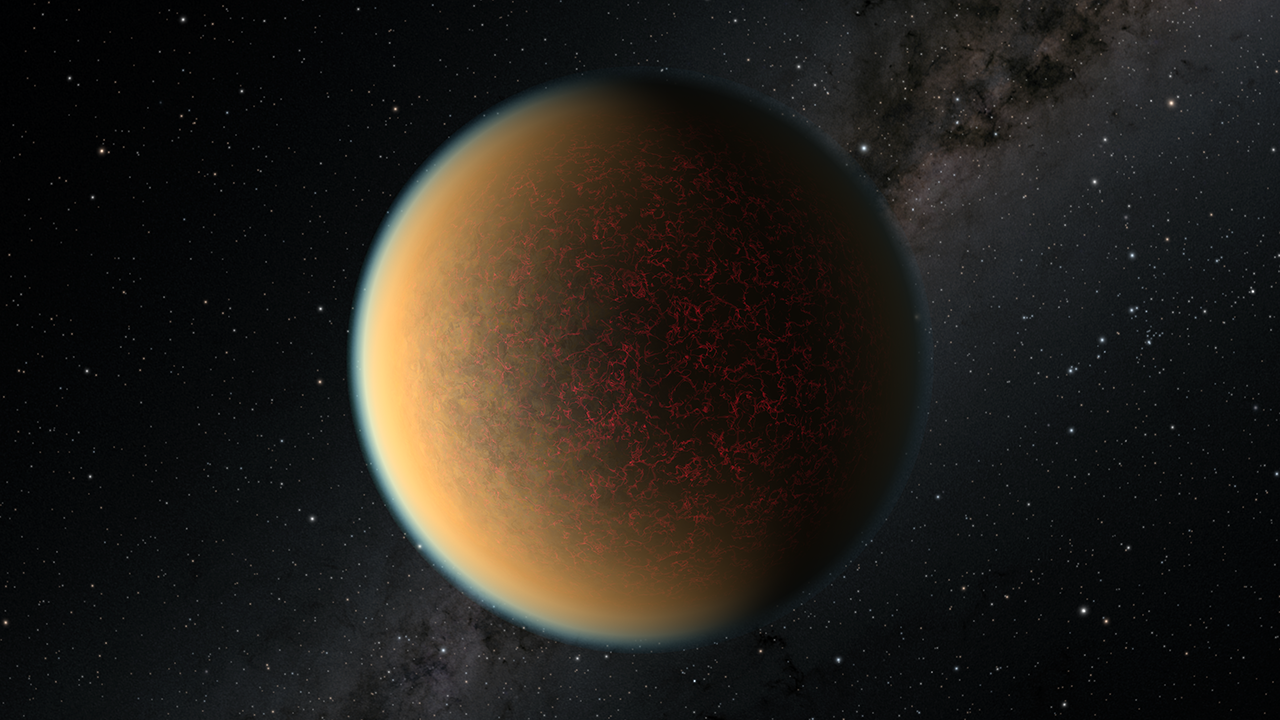
Distant Planet May Be On Its Second Atmosphere, NASA’s Hubble Finds
Scientists using NASA’s Hubble Space Telescope have found evidence that a planet orbiting a distant star may have lost its atmosphere but gained a second one through volcanic activity.
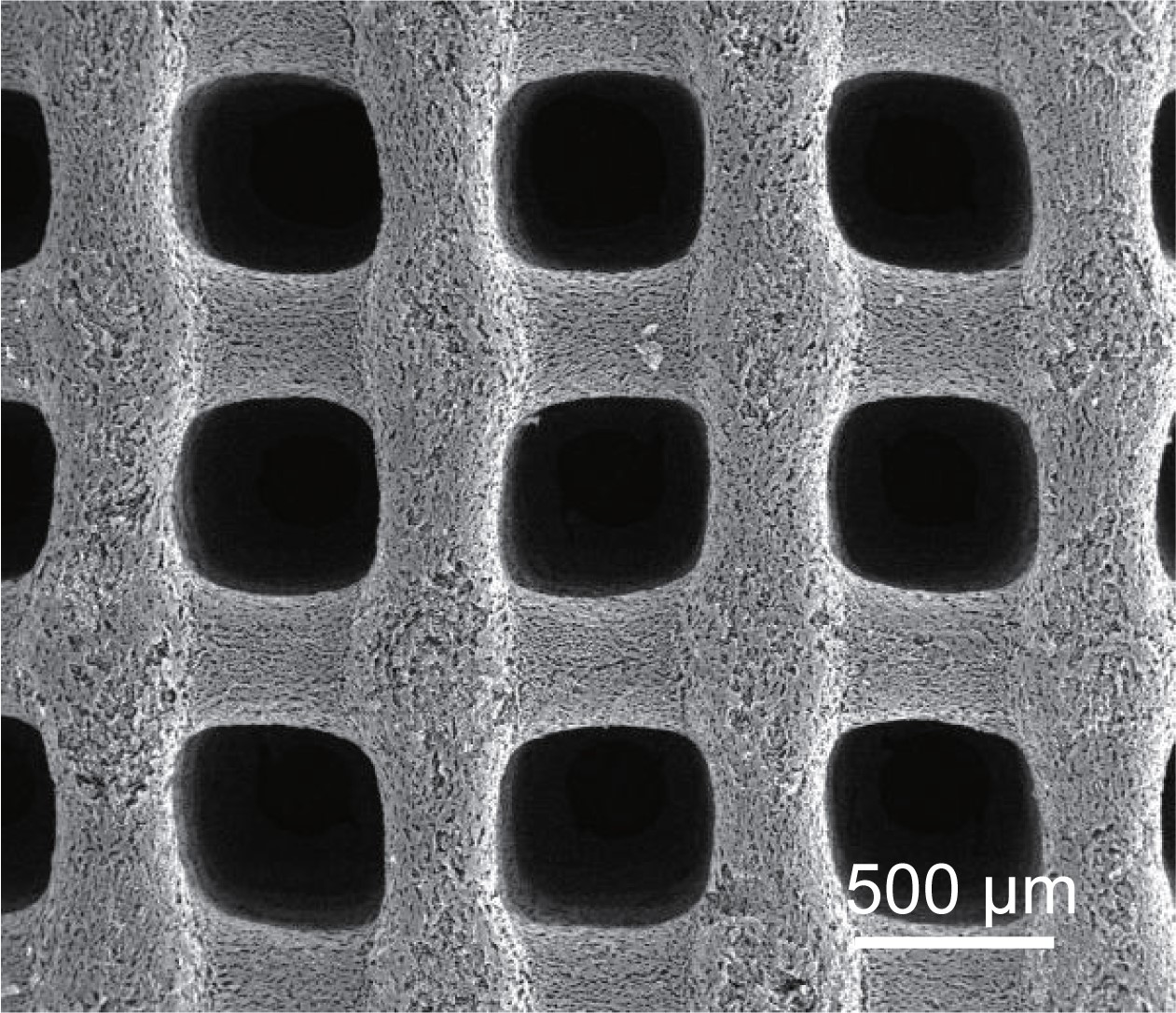
Porous, ultralow-temperature supercapacitors could power Mars, polar missions
Researchers reporting in ACS’ Nano Letters have 3D printed porous carbon aerogels for electrodes in ultralow-temperature supercapacitors, reducing heating needs for future space and polar missions.
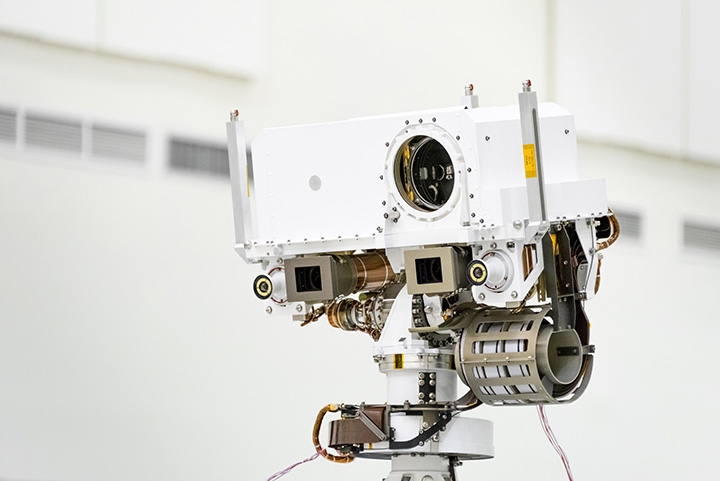
MEDIA ADVISORY: News conference
Los Alamos National Laboratory and France’s National Centre for Space Studies (CNES) will hold an online press conference on Wednesday, March 10, to assess the health of SuperCam, the rock-zapping laser that was developed under the auspices of the two institutions and is now on board the NASA Perseverance rover on the surface of Mars.
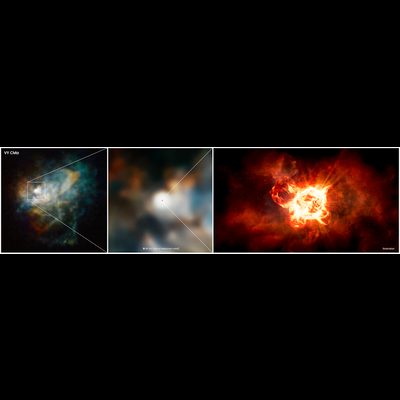
Hubble Solves Mystery of Monster Star’s Dimming
Hubble astronomers are investigating the dimming of one of the most colossal stars ever seen, VY Canis Majoris. Big enough to swallow our solar system out to Saturn’s orbit, the faded star is expelling huge dust clouds late in its life.
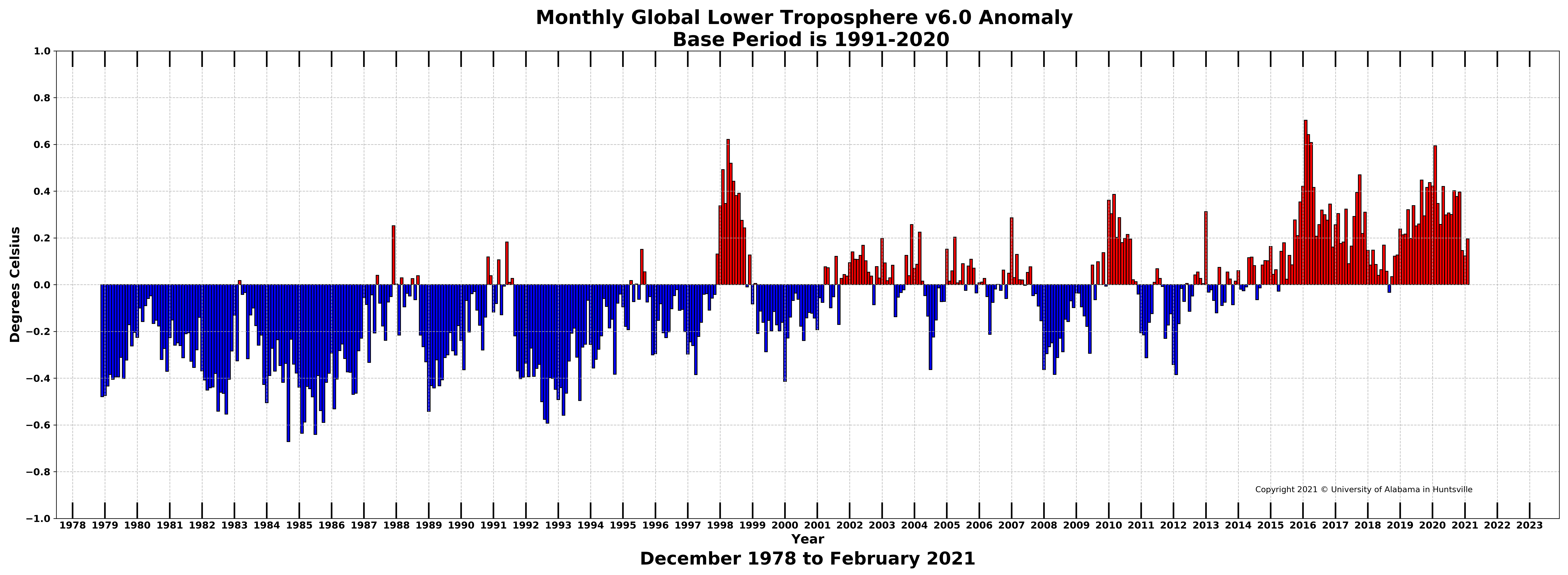
Global climate trend since Dec. 1 1978: +0.14 C per decade
Global Temperature Report: February 2021
(New Reference Base, 1991-2020)
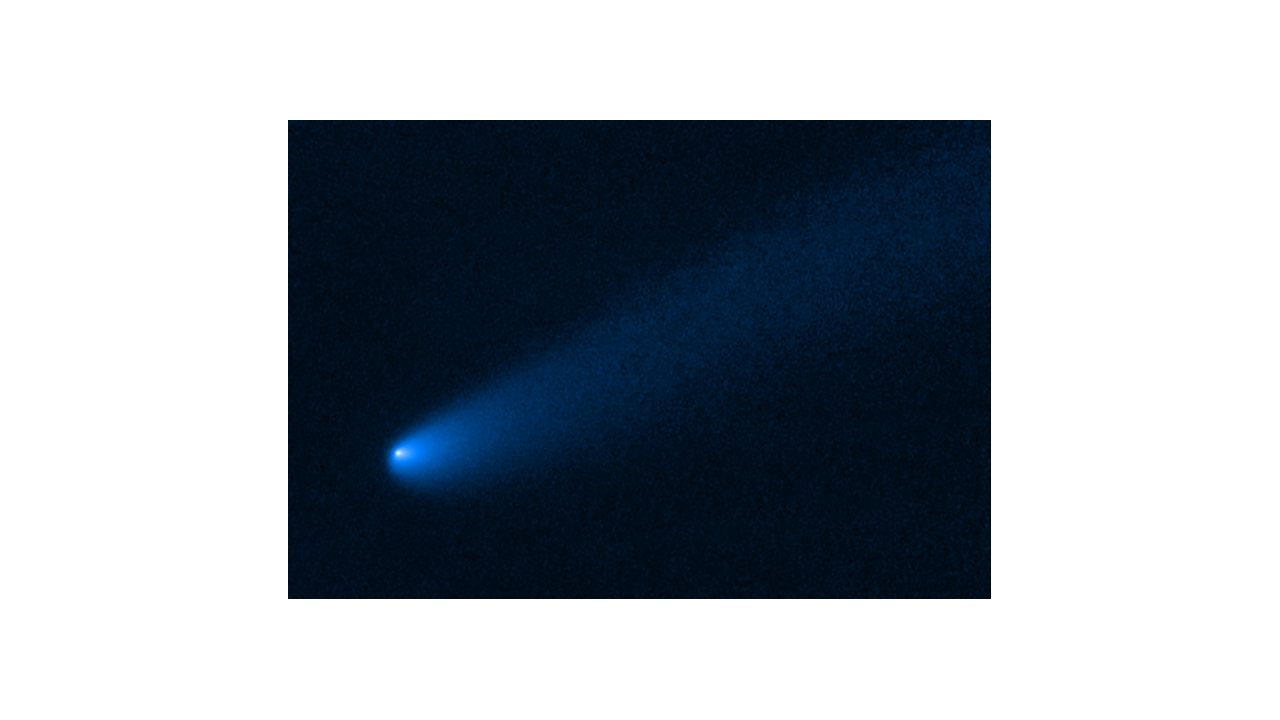
Comet Makes a Pit Stop Near Jupiter’s Asteroids
Hubble snapped this image of the young comet-like object P/2019 LD2 as it orbits near Jupiter’s captured ancient asteroids, which are called Trojans. The icy object is the first comet astronomers have spotted near the Trojan population.
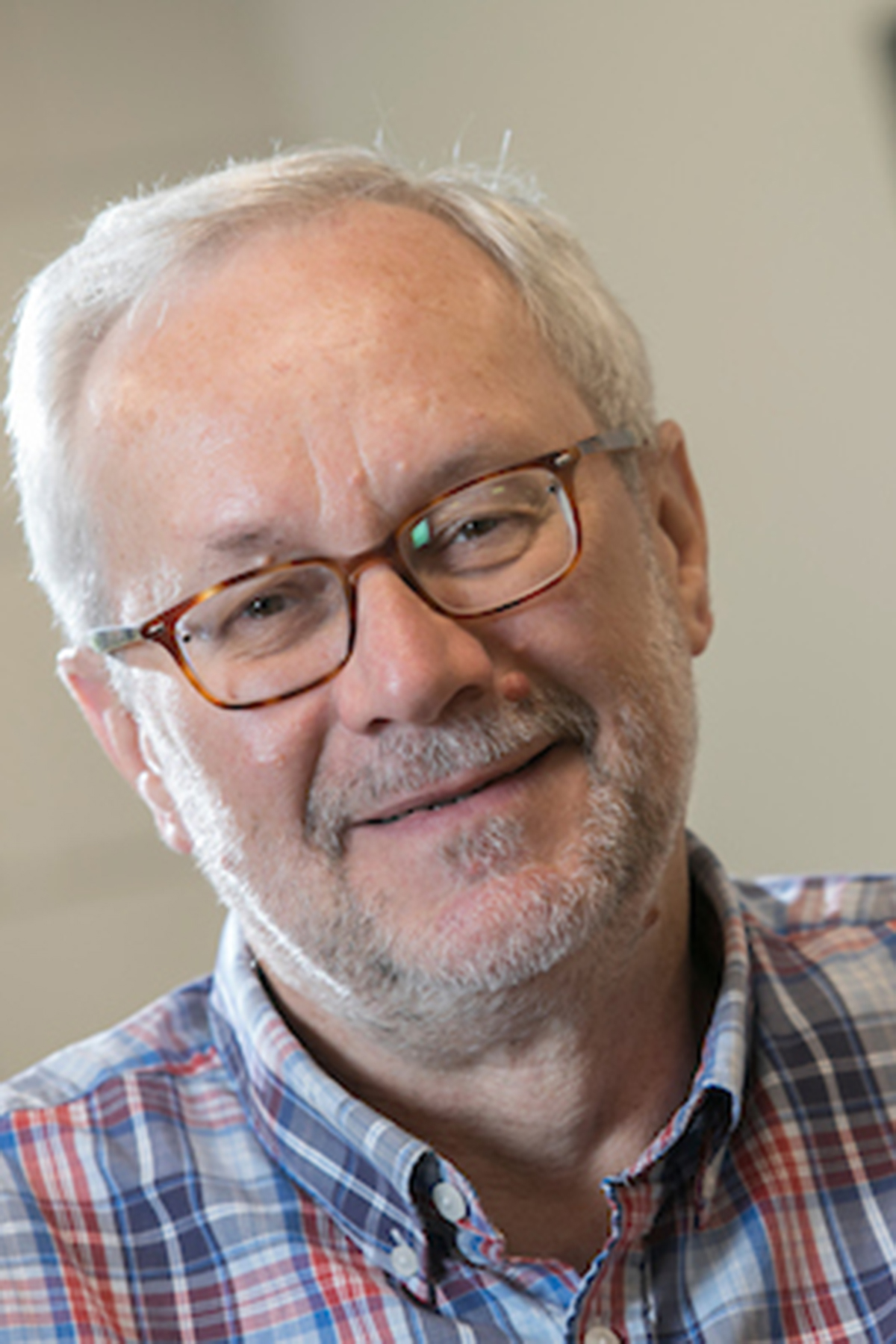
Seeking History of Life on Mars: 2020 Perseverance Rover Experts Available
The new era of space exploration features two Stony Brook University faculty members as part of the development of NASA’s Mars2020 Perseverance rover that recently landed. Distinguished Professor Scott McLennan and Associate Professor Joel Hurowitz worked on the PIXL (Planetary Instrument for X-ray Lithochemistry) that is attached to the arm of the rover. Professor Hurowitz also serves as the deputy principal investigator for the PIXL and is part of the scientific leadership of the mission.

What will ancient sedimentary rock tell us about the history of life on Mars?
The new era of space exploration features two Stony Brook University faculty members as part of the development of NASA’s Mars2020 Perseverance rover that recently landed. Distinguished Professor Scott McLennan and Associate Professor Joel Hurowitz both worked on the PIXL (Planetary Instrument for X-ray Lithochemistry) that is attached to the arm of the rover. The PIXL is a micro-focus X-ray fluorescence instrument that rapidly measures elemental chemistry by focusing an X-ray beam to a tiny spot on the target rock or soil, analyzing the induced X-ray fluorescence. Both professors have been working on Mars missions with NASA since 2004.
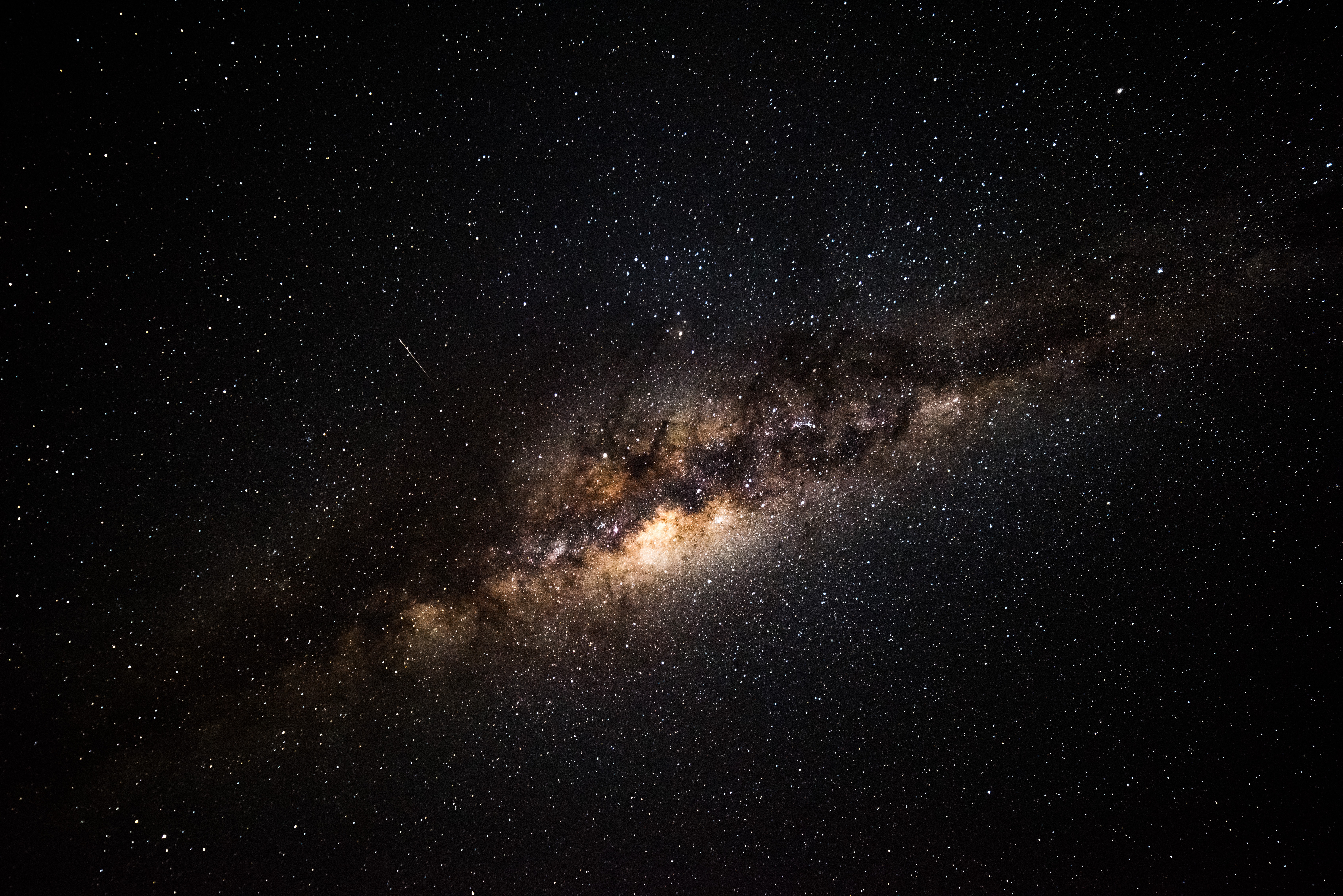
Experts Advisory: Perseverance on Target for Mars Landing
ALBANY, N.Y. (Feb. 17, 2021) – After having traveled nearly 292.5 million miles, NASA’s Perseverance spacecraft is just about set to touch down on Mars. The landing, scheduled for about 3 p.m. on Thursday, is the culmination of a seven-month…
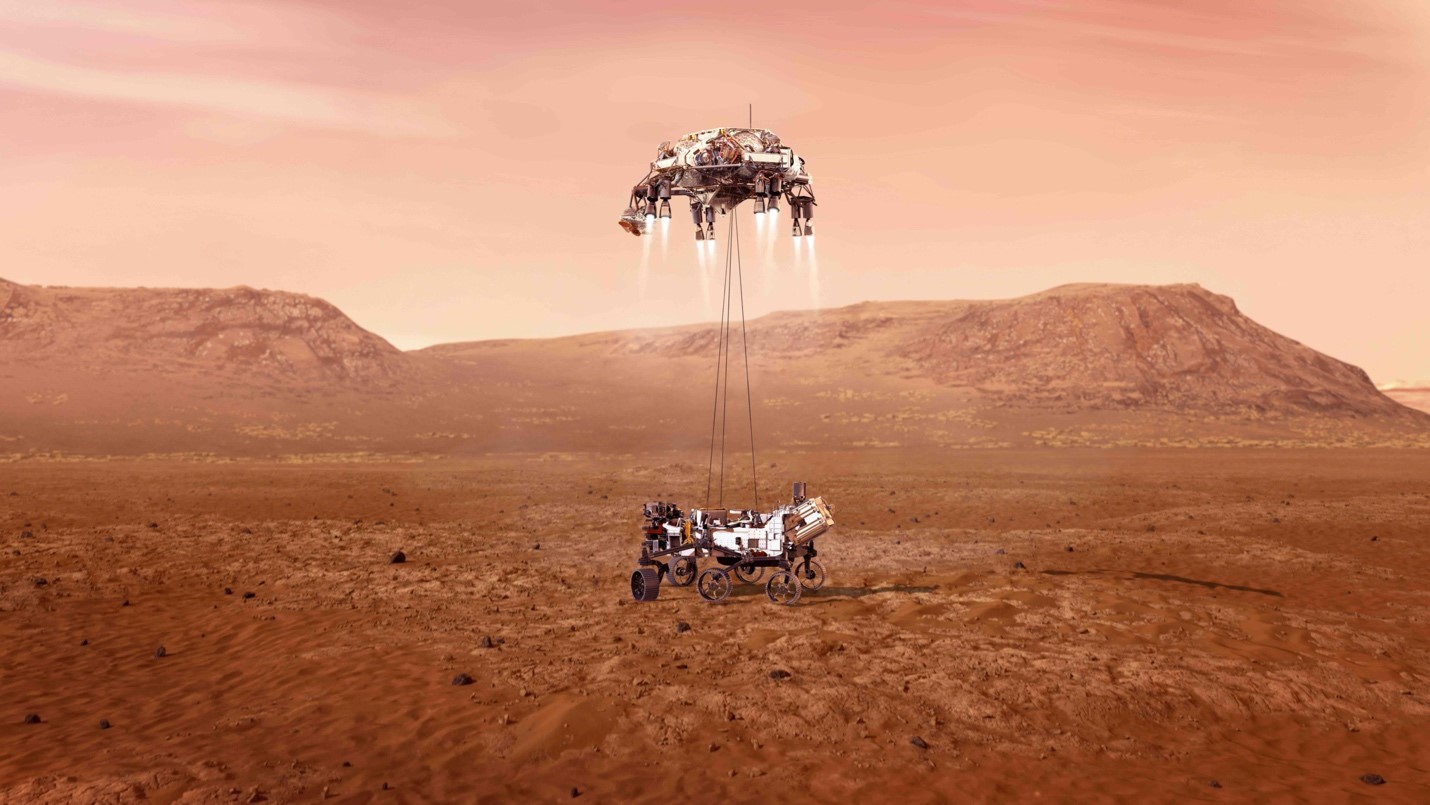
Perseverance rover takes New Mexico to Mars
When NASA’s Mars Perseverance rover touches down on the surface of Mars on Feb. 18, a bit of New Mexico will land along with it, thanks to work done at Los Alamos National Laboratory.
Perseverance’s zoom cameras to take historic focus on Mars
NASA’s Perseverance rover has been on a journey to Mars since its launch in July 2020 and is set to land on the red planet on Feb. 18. The rover will look for evidence of ancient life and collect soil…
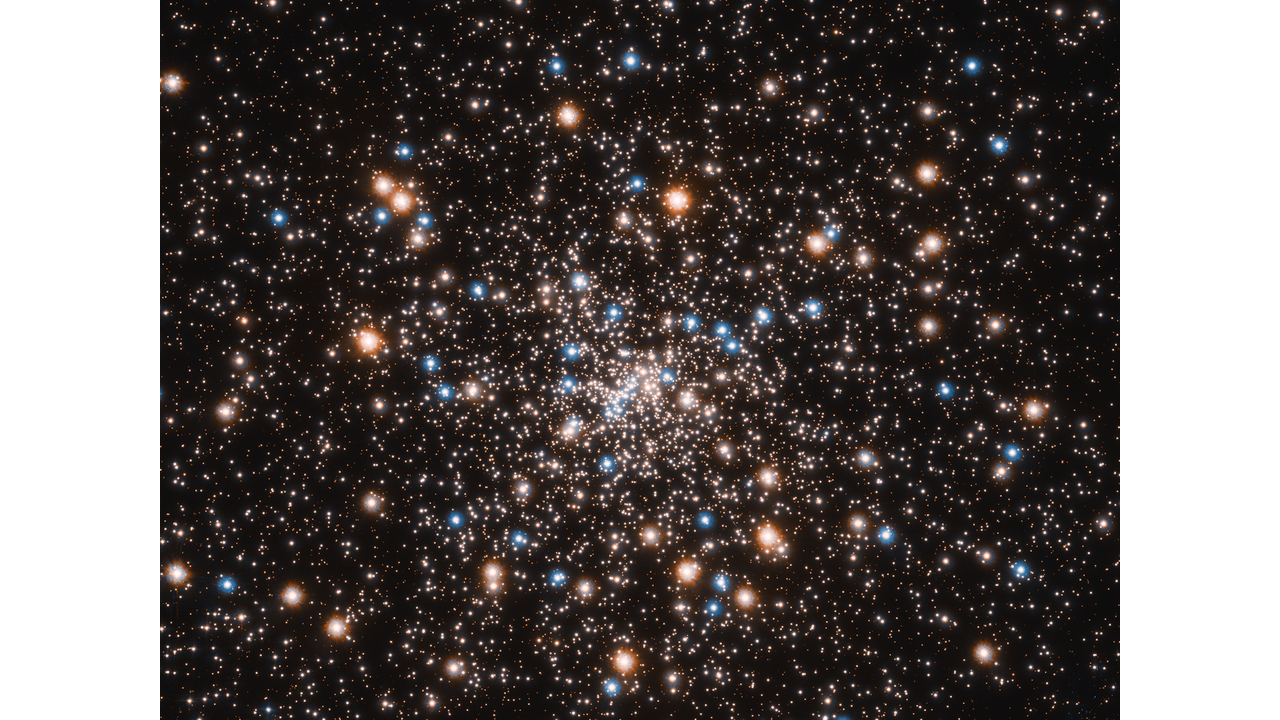
Hubble Uncovers Concentration of Small Black Holes
Astronomers using the Hubble Space Telescope in their hunt for a massive black hole at the heart of the globular cluster NGC 6397 found something they weren’t expecting: a concentration of smaller black holes lurking there instead. This is a new twist on the search for intermediate-mass black holes. They are the long-sought “missing link” between supermassive black holes and stellar-mass black holes.
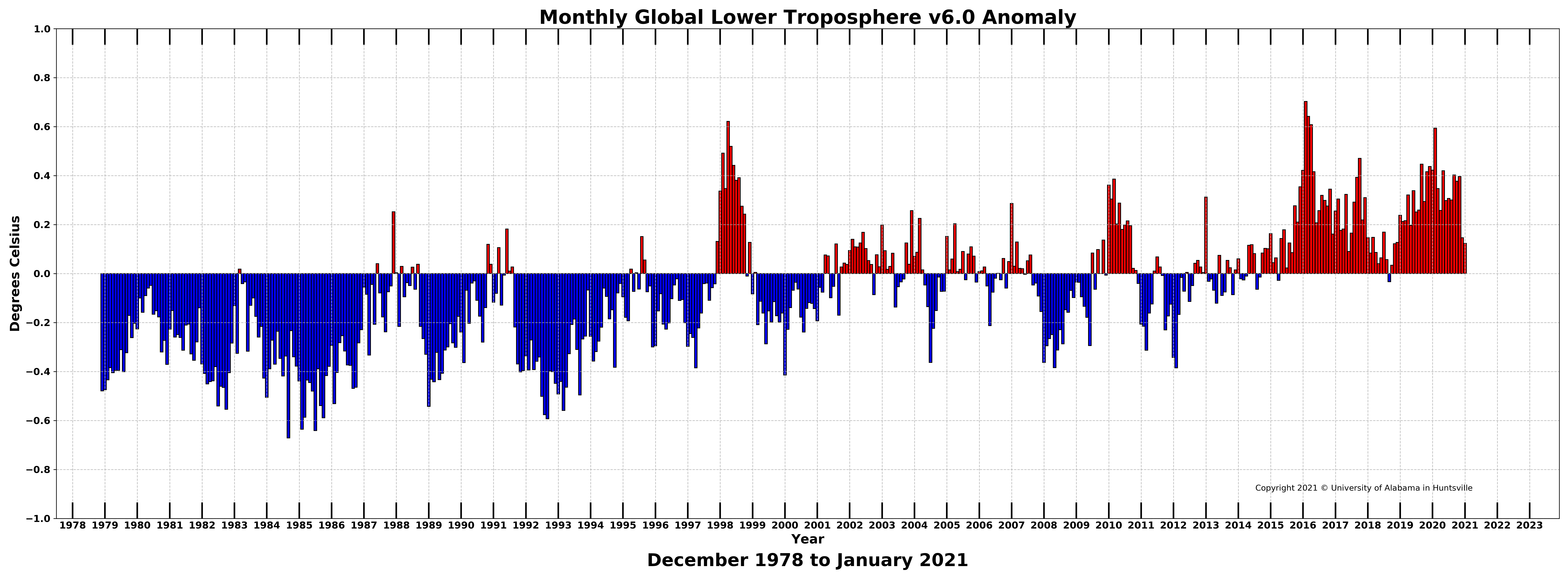
Global climate trend since Dec. 1 1978: +0.14 C per decade
Global Temperature Report: January 2021
with New Reference Base, 1991-2020
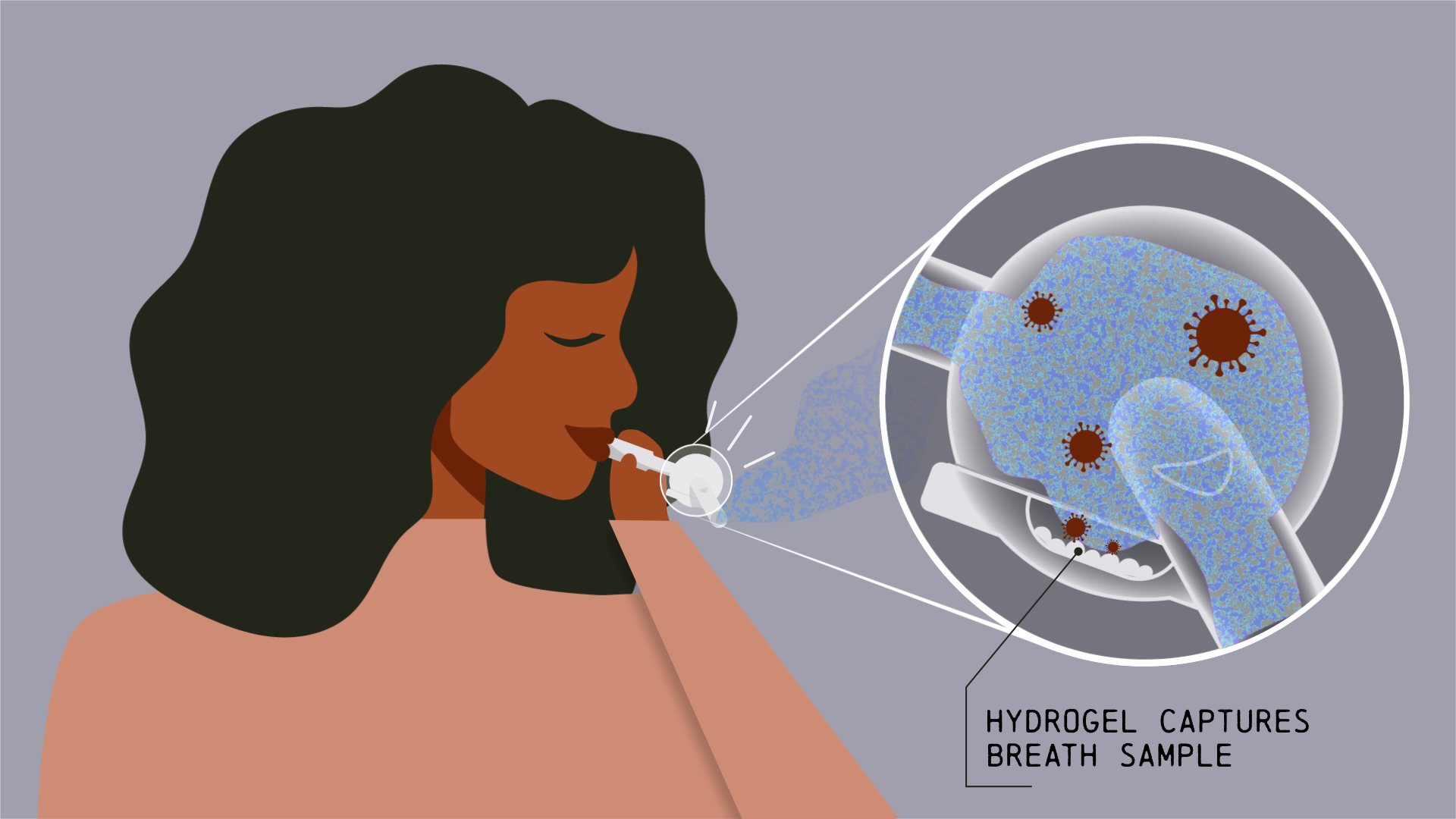
Story tips: COVID breath-sampling, welding advances and powered by water
ORNL story tips: COVID breath-sampling, welding advances and powered by water
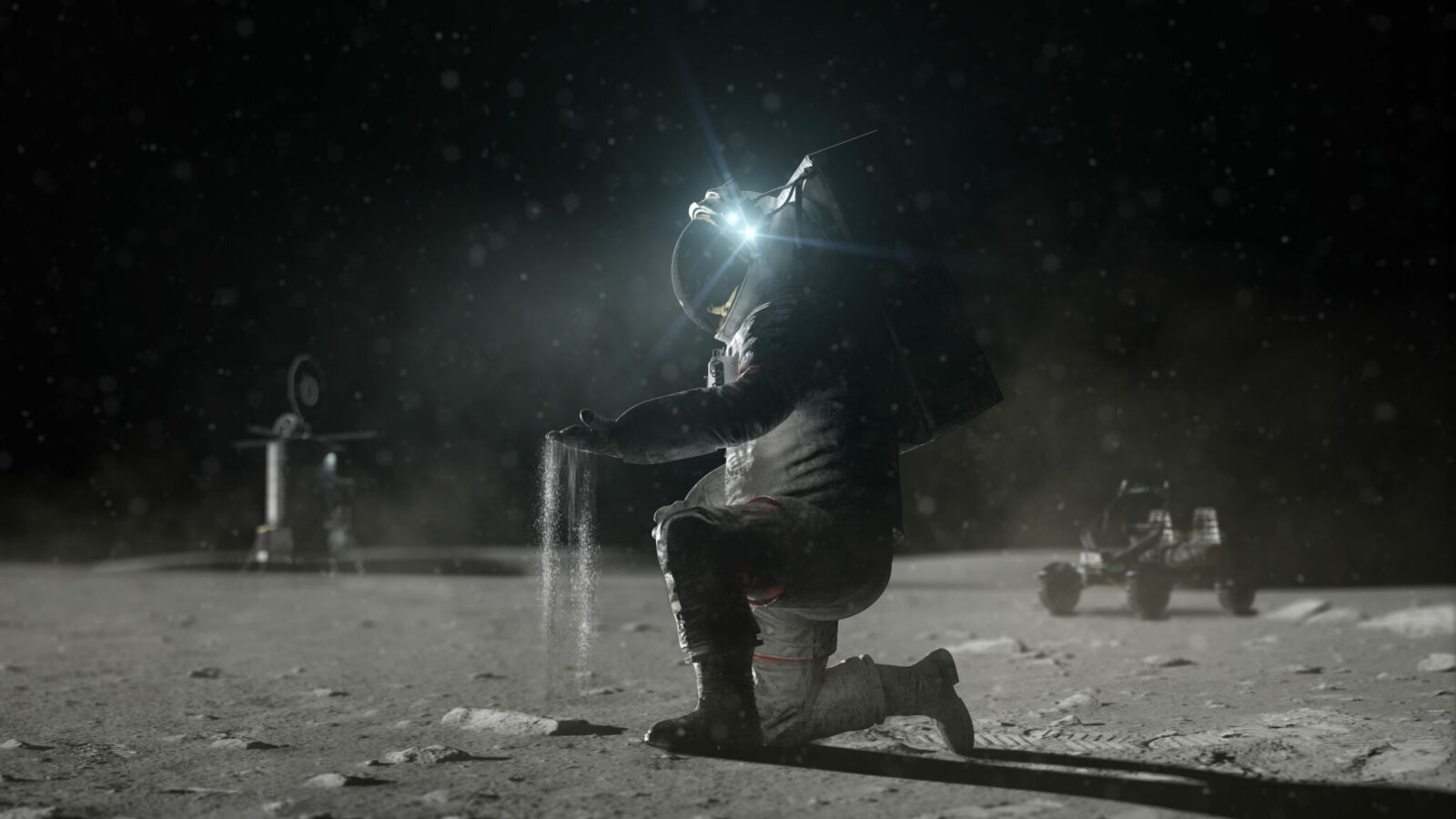
Missouri S&T among winners in NASA’s BIG Idea Challenge
The success of NASA’s future plans to explore and inhabit the moon may depend in part on research by university students, including a team of seven from Missouri University of Science and Technology who have won a grant from the space agency to develop a way to remove lunar dust from power-producing solar cells.The Missouri S&T team is one of seven university-affiliated groups to be selected for funding through NASA’s Breakthrough, Innovative and Game-changing (BIG) Idea Challenge.
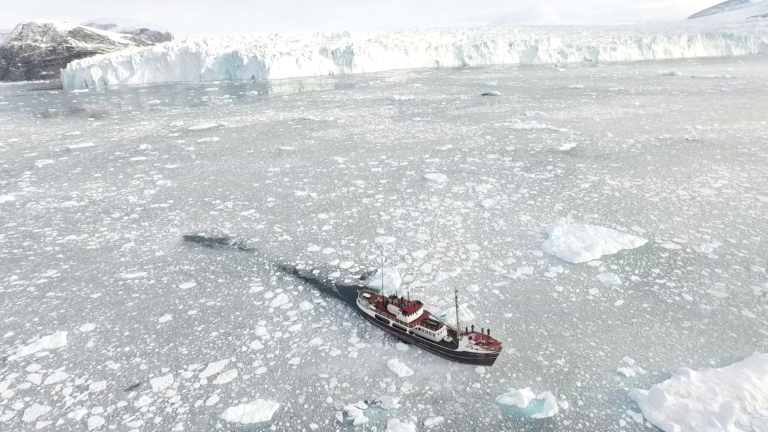
Increasing ocean temperature threatens Greenland’s ice sheet
Irvine, Calif., Jan. 25, 2021 — Scientists at the University of California, Irvine and NASA’s Jet Propulsion Laboratory have for the first time quantified how warming coastal waters are impacting individual glaciers in Greenland’s fjords. Their work is the subject of a study published recently in Science Advances. Working under the auspices of the Oceans Melting Greenland mission for the past five years, the researchers used ships and aircraft to survey 226 glaciers in all sectors of one of Earth’s largest islands.
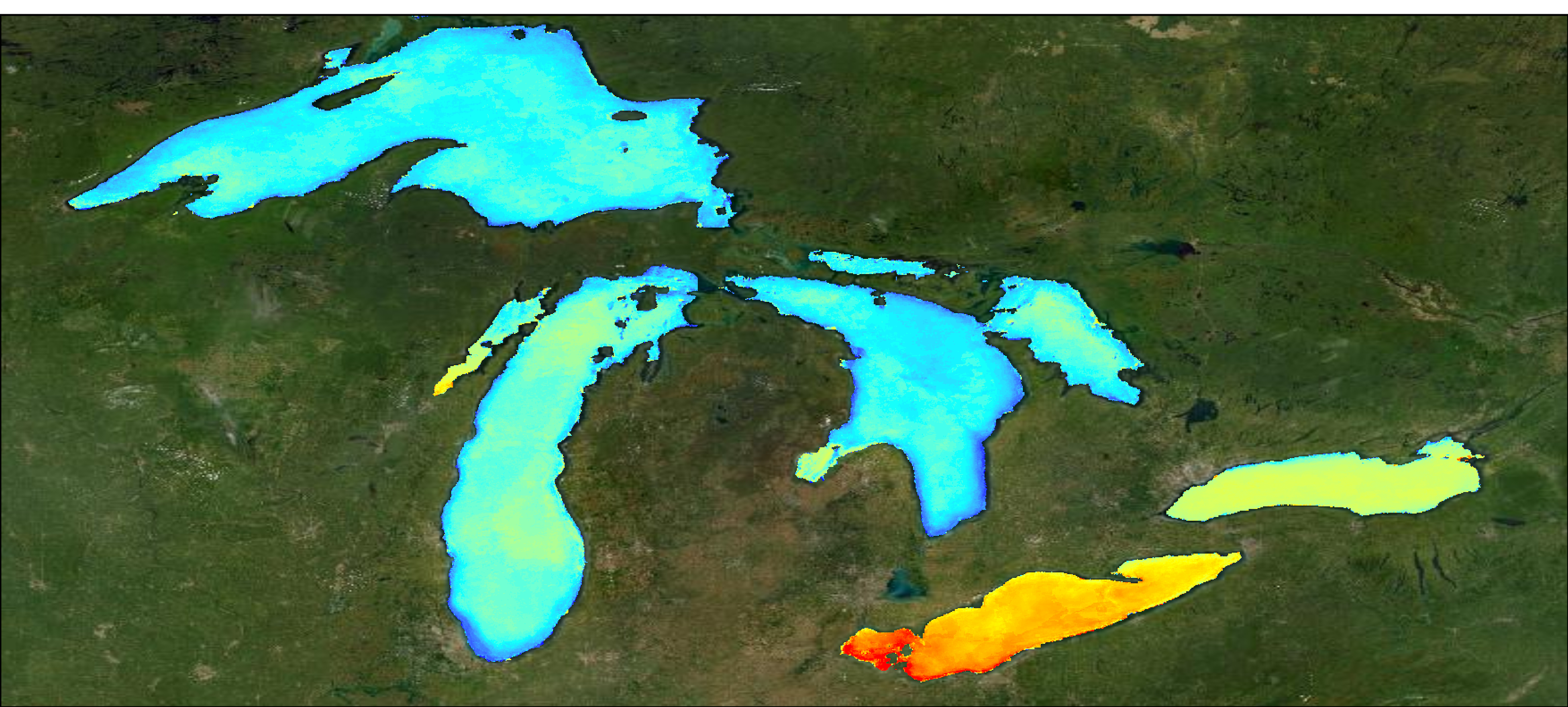
World’s Largest Lakes Reveal Climate Change Trends
Sixteen years of remote sensing data reveals that in Earth’s largest freshwater lakes, climate change influences carbon fixation trends.
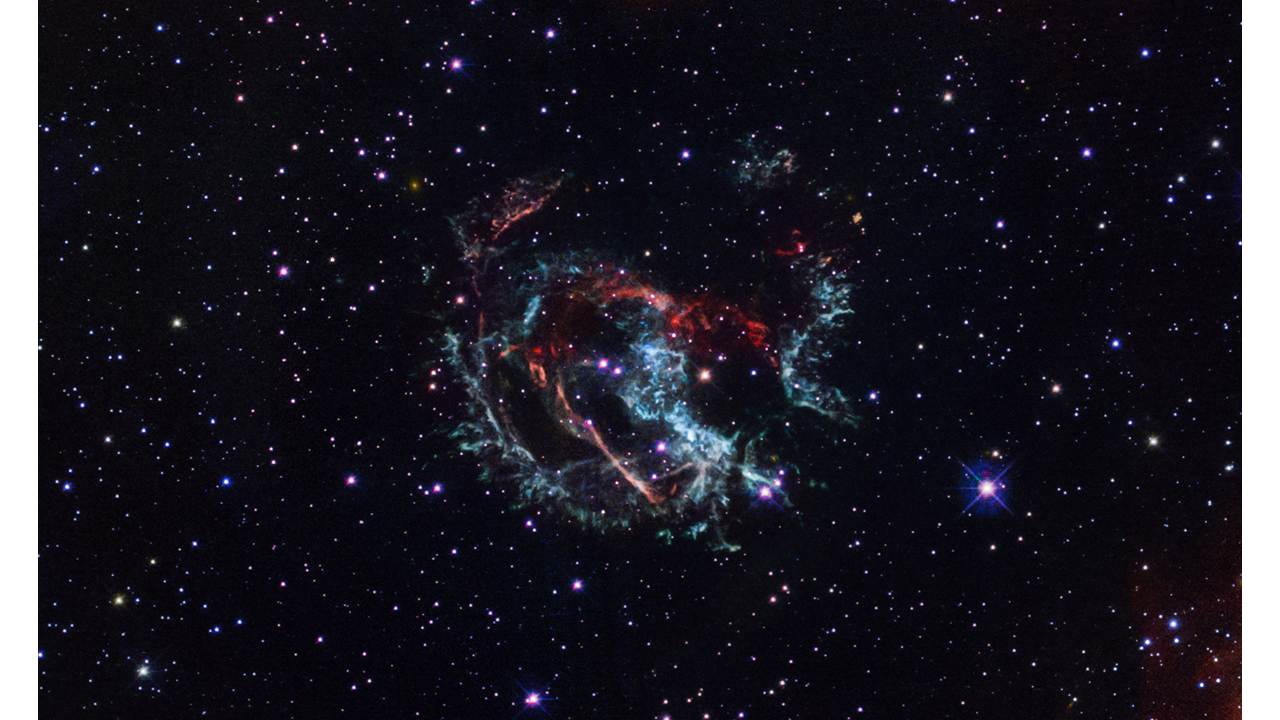
Researchers Rewind the Clock to Calculate Age and Site of Supernova Blast
Hubble astronomers have retraced the expanding gaseous debris from a nearby exploded star to estimate the location and time of the stellar detonation. Their analysis reveals that the light from the supernova blast reached Earth about 1,700 years ago.
NASA study on global warming very concerning, Tulane scientist says
Torbjörn Törnqvist, the Vokes Geology Professor at Tulane University, says a NASA study showing 2020 the hottest year on record globally is especially concerning, given it occurred in a La Niña year. “A La Niña year tends to be cooler…
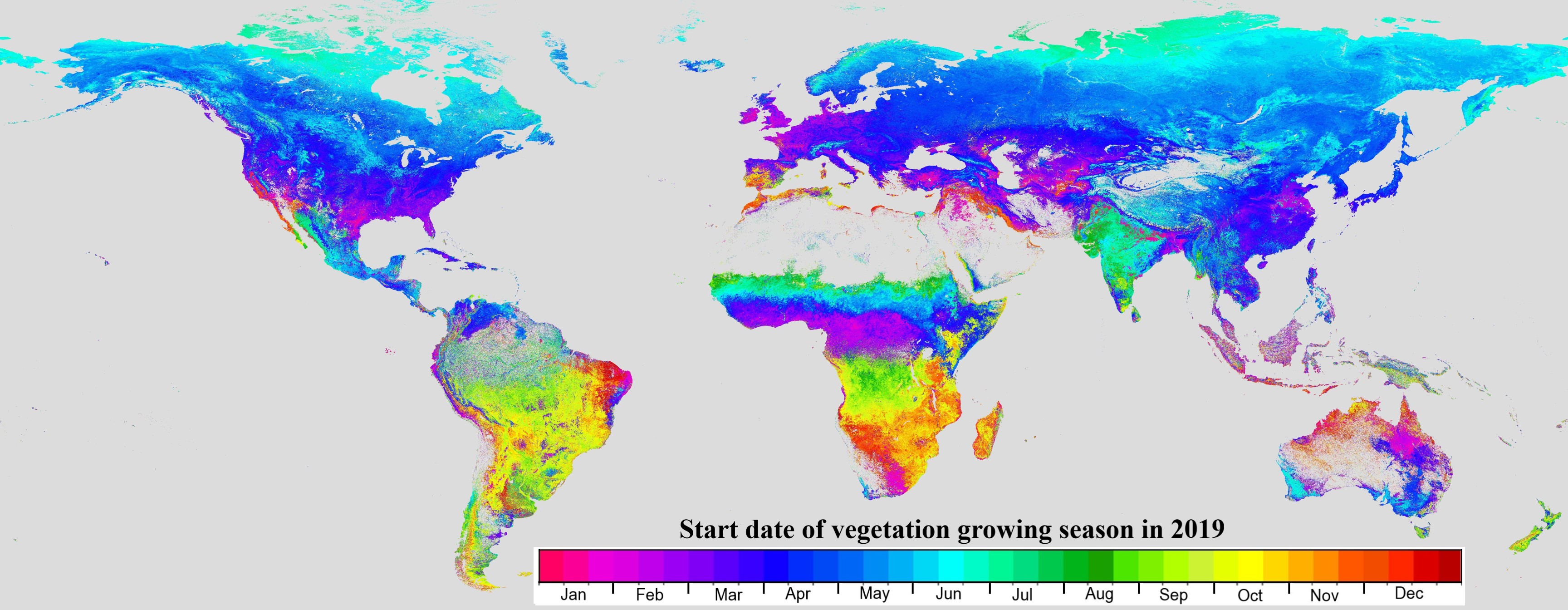
NASA product tracks global growing seasons
Scientists can track the growing season globally for free through the NASA land surface phenology project.
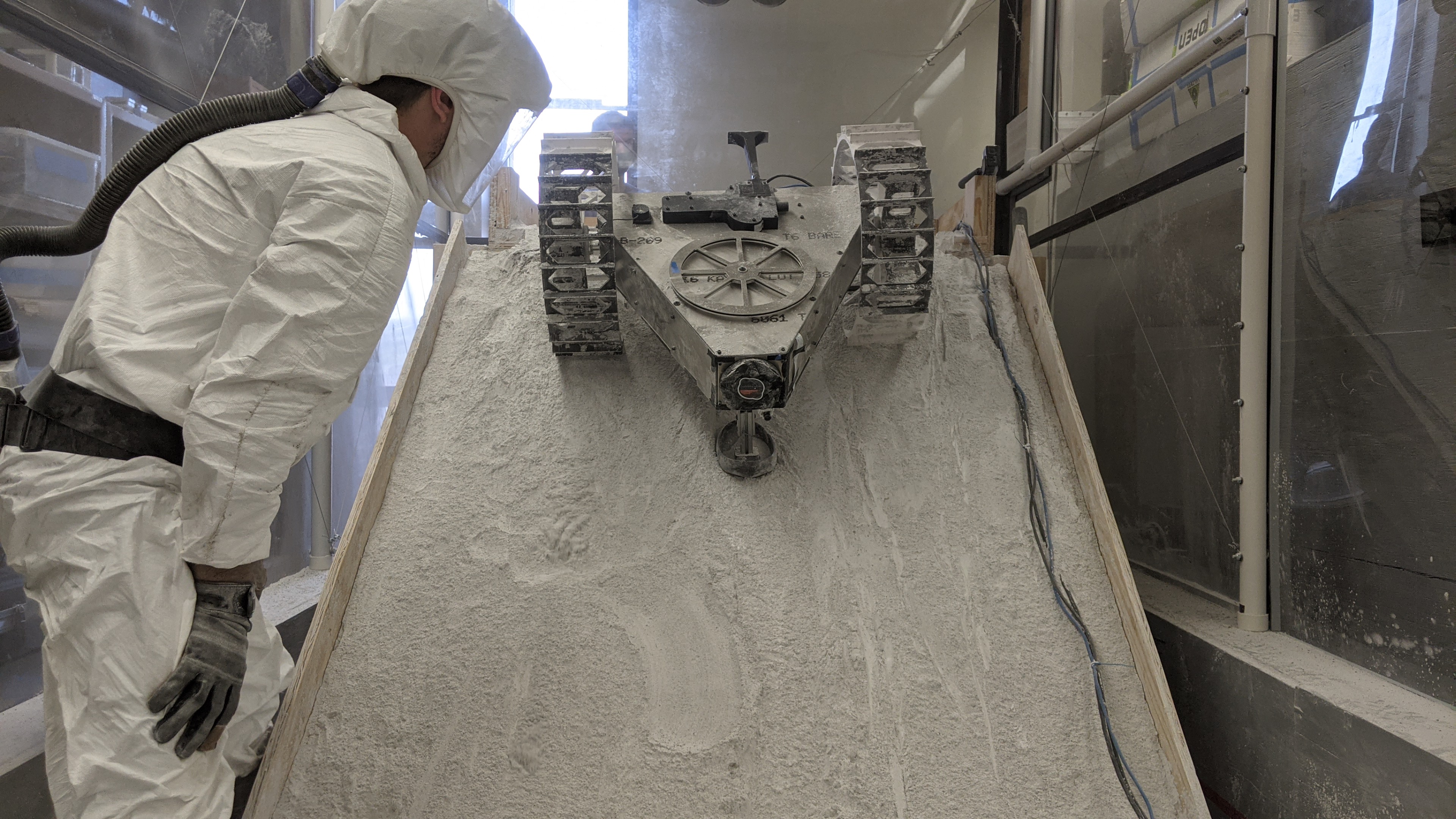
MTU students win NASA’s BIG Idea Challenge
MTU students took home top honors — the Artemis Award — in NASA’s Breakthrough, Innovative and Game-changing (BIG) Idea Challenge. Eight university teams competed in the BIG Idea Challenge for 2020, called the Lunar PSR Challenge. The goal? Demonstrating different technologies and designs to study and explore the moon’s permanently shadowed regions (PSRs), which NASA officials note are a formidable challenge for space exploration.

UAH scientists are part of first discovery of giant neutron star flare outside Milky Way
The first-time discovery of a giant flare from a neutron star that’s outside Earth’s galactic neighborhood is the subject of a new research paper in the journal Nature that has four co-authors from The University of Alabama in Huntsville (UAH), a part of the University of Alabama System.
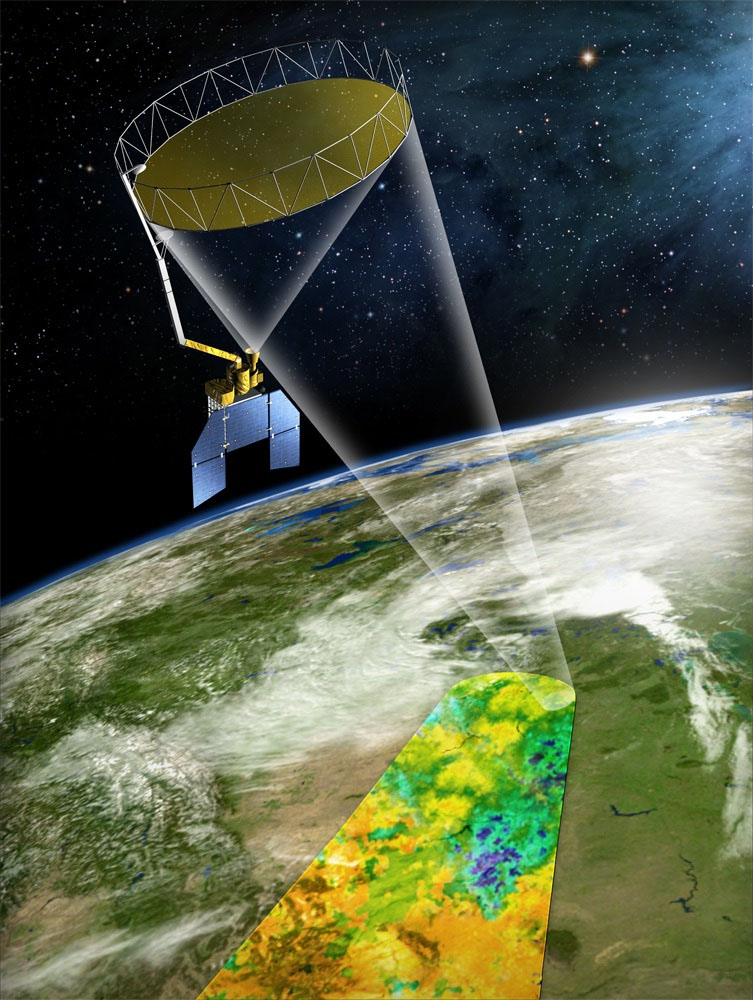
Advising NASA on which satellites should stay in orbit
Iowans are helping to shape the future of NASA’s satellite missions. Faculty from Iowa State and Iowa were among 13 scientists selected to serve on a congressionally mandated panel to advise NASA on which satellite missions should continue and which should be grounded.
Science for Space…and Space for Science
The Department of Energy is finding new ways to partner with NASA. Together, we are using research to enable space travel as well as conduct research that is only possible in space.